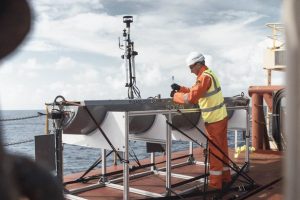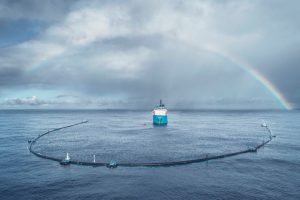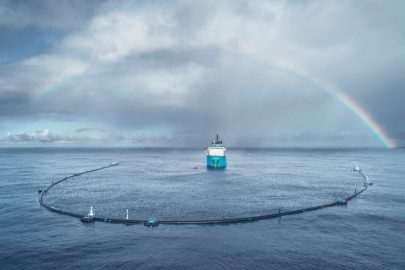It has been a long journey for the Ocean Cleanup Project, but after years of development and a 1,300-plus-mile trip through the open water, its first system is now installed at the Great Pacific Garbage Patch. While this is a huge milestone for the team, the real work is just beginning for this ambitious mission to tackle the massive problem of marine pollution, which starts with the single biggest accumulation of ocean plastics in the world.
Exactly how much plastic is swirling around in this Great Pacific Garbage Patch is always going to be hard to determine, but the Ocean Cleanup Project has gone to some lengths to better understand it.

In 2016 it completed flyovers in the area using a C-130 Hercules aircraft fitted with LiDAR and infrared sensors. This followed earlier research expeditions involving large fleets of vessels on the water. The data gathered throughout, combined with some cutting-edge science, has given the team a clearer picture of the Great Pacific Garbage Patch than ever before.

Researchers on the Ocean Cleanup Project say there are as many as 1.8 trillion pieces of plastic within the patch, weighing a total 80,000 metric tons, the same as 500 jumbo jets. Some 92 percent of it is larger objects, while eight percent is attributed to smaller fragmented pieces known as microplastics. These figures are somewhere between four and 16 times higher than previous estimates. All up, the patch is said to cover 1.6 million sq km (617,000 sq mi), an area three times the size of continental France.
Read more HERE
Ask me anything
Explore related questions





